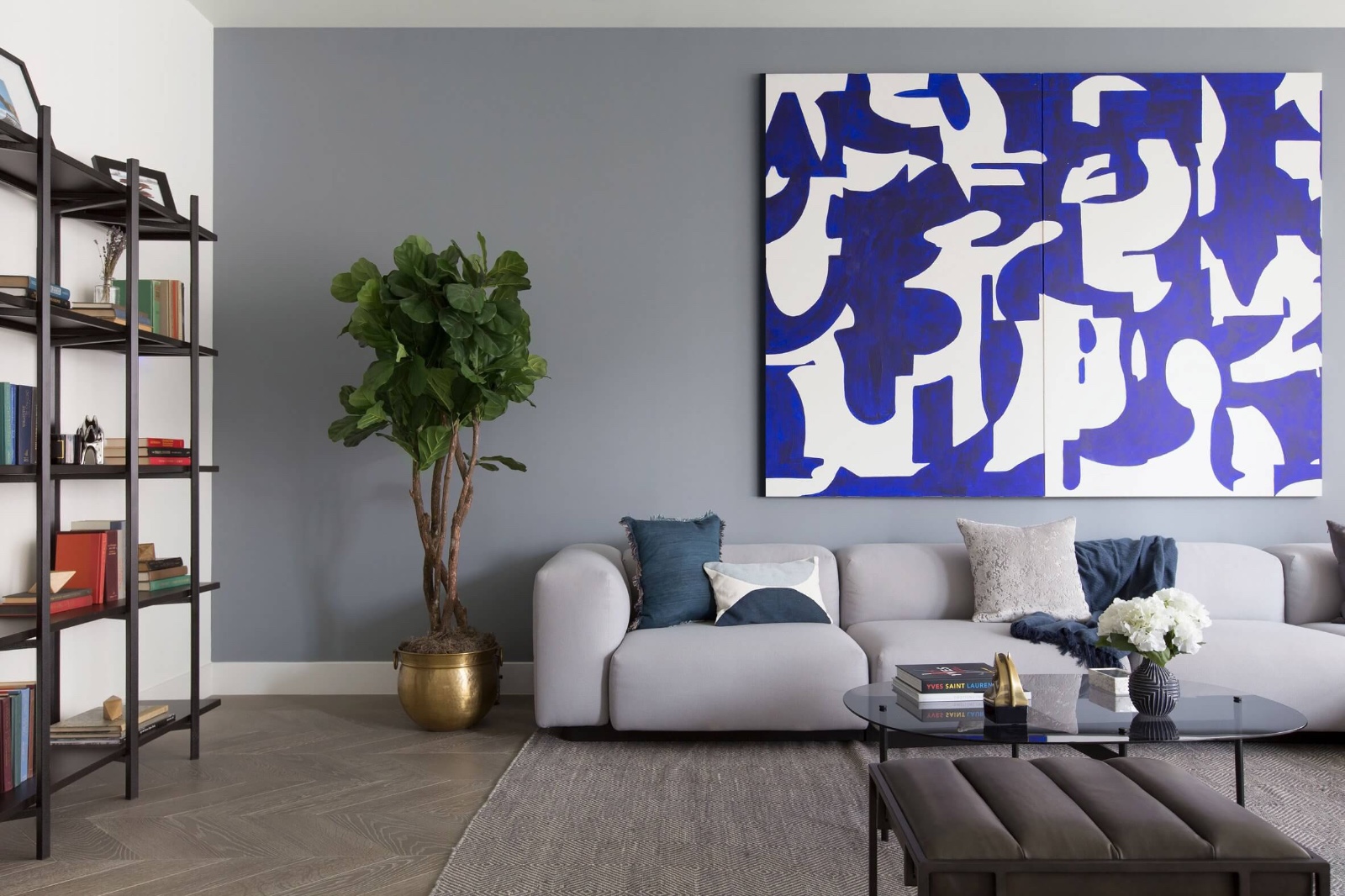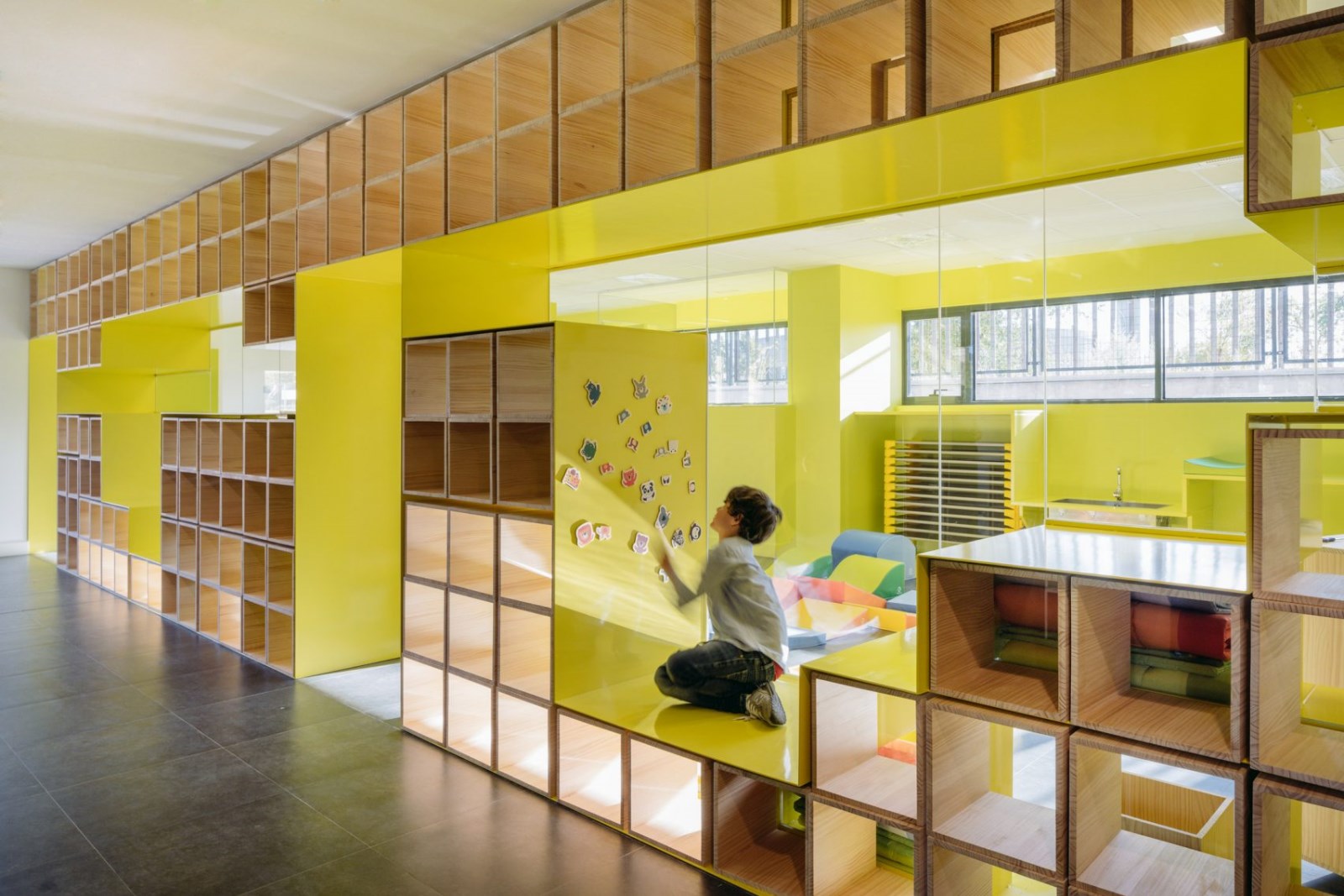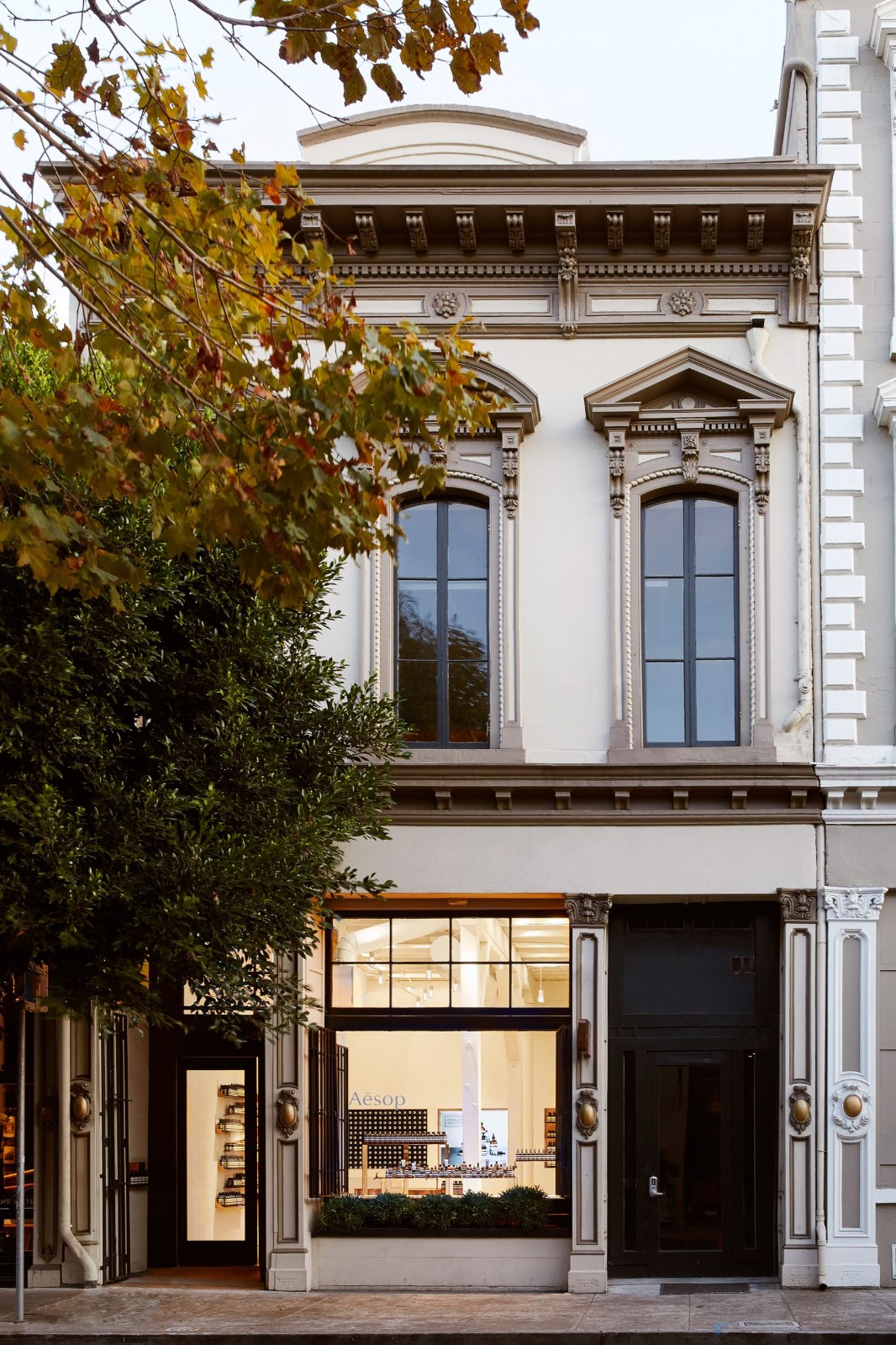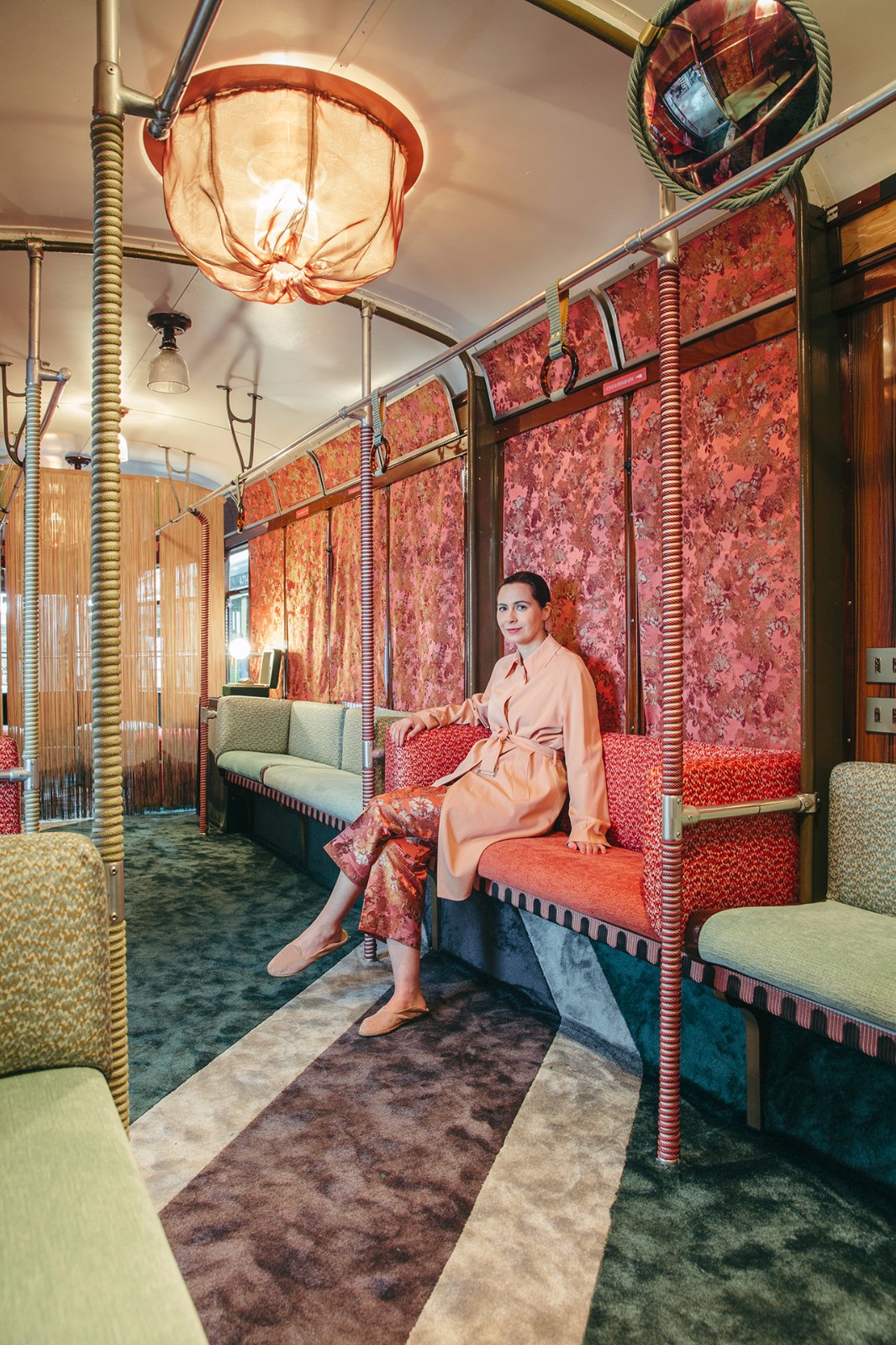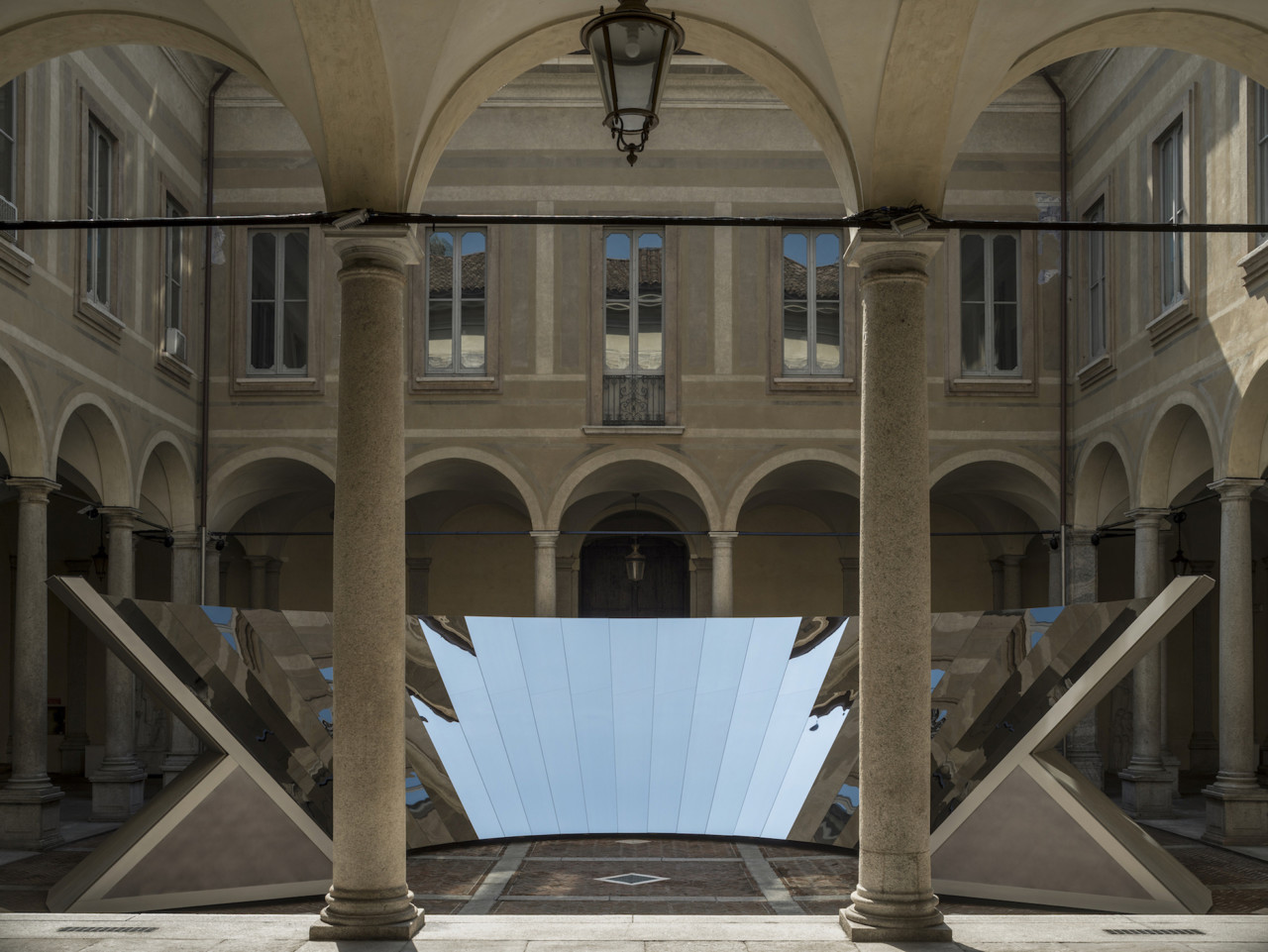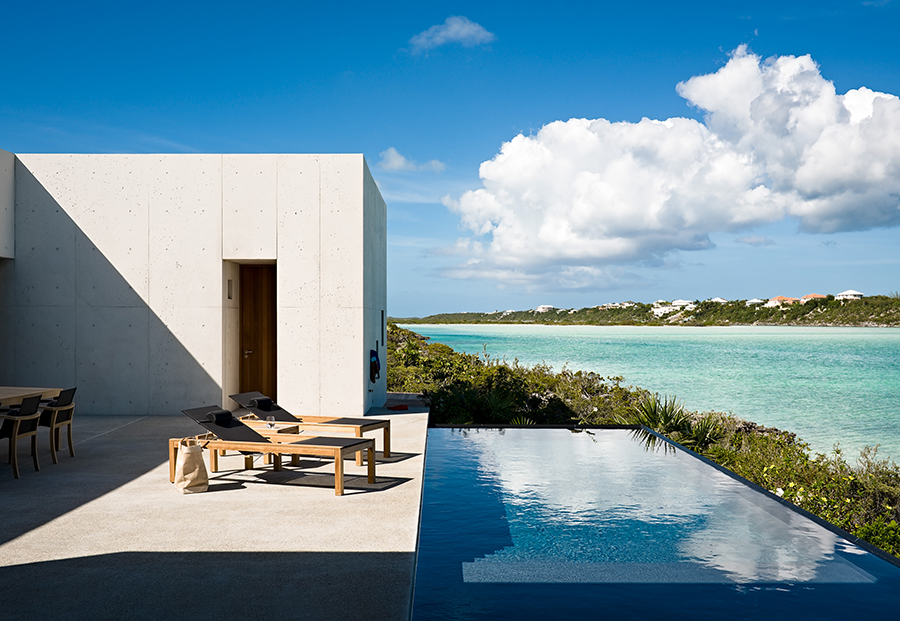Annex Building of Korean Embassy in India AA Studio Consulting
2018-04-18 18:00
© Anwita + Arun
.Anwita Arun


架构师提供的文本描述。大韩民国驻印度大使馆是建筑师金秀根(1931-1986)于1974年设计的现代建筑和遗产的经典作品,代表了韩国现代建筑。他是一位深刻思考建筑、人与环境之间关系的大师,并将其翻译成韩国现代建筑的成语。
Text description provided by the architects. The Embassy of the Republic of Korea in India is a classic piece of modern architecture and heritage designed in 1974 by architect Swoo-Geun Kim(1931-1986), representing the Korean modern architecture. He was a master who deeply considered the relationship between architecture, human beings, and the environment and translated it into a Korean idiom of modern architecture.
© Anwita + Arun
.Anwita Arun


现有建筑的特点是扇形墙的布局,好像它们是分散在很多地方,它们之间的空间充满了深深的阴影。它被认为是韩国最杰出的外交建筑之一,建在世界任何地方。韩国大使馆选择了AA工作室的设计,以扩建大使馆的附属大楼(2013年)。
The characteristics of the existing building are the fan-shaped walls that are laid out as if they are spread over a lot, and the spaces between them are filled with deep shadows. It’s known as one of the most remarkable diplomatic buildings of Korea built anywhere in the world. Korean embassy selected the design of AA Studio for the extension of the annex building of the embassy(2013).
© Anwita + Arun
.Anwita Arun


保护文物建筑物,以及新旧建筑之间的密切关系,是机管局工作室建议在大使馆兴建附属大楼的出发点。这座新建筑物被认为是现有建筑物的延伸。通过建立这种关系,既微妙又大胆地实现了与老年人的和谐。AA工作室的首席建筑师金长贤(Chang-HyunKim)已经在印度居住了近20年,他在韩国和印度的经历为亚洲当代建筑创造了一个新的词汇。
The preservation of the heritage buildings and a close relationship amongst the old and the new was the starting point of AA Studio’s proposal for the Annex Building at the embassy. The new building was conceived as an extension of the existing buildings. By establishing this relationship the harmony with the old was achieved delicately yet boldly. Chang-Hyun Kim, the principal architect of AA Studio, having already lived in India for nearly two decades drew upon his experiences in Korea and India to create a new vocabulary of Asian Contemporary Architecture.
© Anwita + Arun
.Anwita Arun


建筑的外部是用玻璃设计的,以创造一种开放的感觉,同时利用花园的景色,带来自然的阳光。通常受到刺眼的印度太阳照射的西面和南面被加了防晒霜(防晒霜)和韩国传统窗户所覆盖。贾利和韩国的窗户被重新解释,在建筑正面上应用现代金属百叶窗。通过百叶窗,可以减少室外空气的热量超过10℃的效果。
The exterior of the building was conceived with glass to create a sense of openness, as well as harness the views of the garden and bring in natural daylight. The West and South facades which generally receive the harsh Indian Sun were further covered with the combination of Jalis(sunscreens) and Korean traditional window. The jali and the Korean Window was reinterpreted by applying modern metallic louvers over the building facade. Through the louver, it was possible to obtain the effect of reducing the heat of the open air outside the room by more than 10℃.
© Anwita + Arun
.Anwita Arun


考虑到使馆工作人员在建筑物内的隐私,将百叶窗置于水平和垂直方向,以提供意见,但不损害隐私。总结了前使馆和外墙的外部整理模式,提出了一种新的、可同时使用的外墙涂饰模式。作为浮动百叶窗框架结构的建筑物已形成,以表达韩国传统的屋顶线。
Considering the privacy of the employees of embassy inside the building, the louver was applied in a horizontal and a vertical direction in order to provide views but not compromise privacy. The exterior finishing pattern of the former embassy and the outer wall are summarized in a new pattern that can be encountered together. The building visible as a floating louver frame structure has been formed to express Korean traditional roof line.
浮楼的景色被前面正面可见的螺旋楼梯所激发。这座大楼似乎被戏剧性的螺旋楼梯支撑得岌岌可危。建筑物的主循环连接地下室、地面和上层,并遵循室内庭院。循环也成为建筑物中的光井。被日光包围的建筑周围白天不使用任何人工照明。阳光将百叶窗的阴影投射到室内空间,给新建筑内的光线以一种飘逸的感觉。
The view of the floating building is galvanized by the spiral staircase visible on the front façade. The Building appears as being precariously supported by the dramatic spiral staircase. The main circulation of the building rises and connects the basement, ground and the upper floor and follows the indoor courtyard. The circulation also becomes the light well in the building. Being surrounded by daylight all around the building does not use any artificial lighting during the daytime. The sunlight cast the shadow of louver into the indoor space giving an ethereal feel to the light inside the new building.
© Anwita + Arun
.Anwita Arun


浮动建筑下面的空间供使馆工作人员自由会面、互动和讨论、举行活动和会议,或在天气允许的情况下在阴凉处享受咖啡休息时间,同时也可在他们身边欣赏花园的美丽景色。
The space below the floating building is provided for the employees of the embassy to meet freely, interact and discuss, hold events and meetings or just enjoy a coffee break outside in the shade as and when the weather permits all while enjoying the beautiful view of the garden by their side.
© Anwita + Arun
.Anwita Arun






































Architects AA Studio Consulting
Location Embassy of the Republic of Korea, Chanakyapuri, New Delhi, Delhi 110021, India
Lead Architect Chang-Hyun Kim
Design Team Seung-Hun Ham, Navendu Rode
Area 18175.0 ft2
Project Year 2015
Photographs Anwita + Arun
Category Embassy
Manufacturers Loading...

















